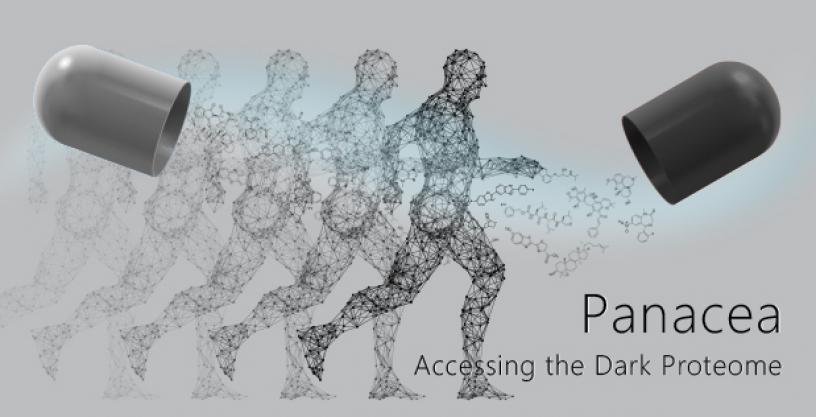Summary
Panacea is a fundamental research program designed to provide novel, multi-target therapeutics that address under-met physiological needs of Department of Defense operators.
To do so, the program is applying a systems-pharmacology approach to address the intrinsic complexity of biological processes and unlock more of the potential drug target space in the human proteome. If it succeeds, it will yield new drugs that address some of the challenging physical demands faced by warfighters, including metabolic stress — as with prolonged exertion at high altitude — and activity-related soft tissue injury and resultant pain and inflammation.
Panacea is comprised of two major task areas that must operate collaboratively and in parallel. The first component requires researchers to use multi-omics techniques to generate deep molecular profiles of physiological states and determine high-value drug targets.
The second component applies novel medicinal chemistry approaches to generate drugs that engage multiple protein targets simultaneously for greater therapeutic effectiveness. Panacea researchers are tasked with going from a de novo network representation of a specific indication to a first-in-class drug candidate with multiple predicted targets that outperforms current treatments for acute metabolic stress or pain/inflammation.
Panacea aims to generate a platform capability that enables rapid discovery of novel drug targets and to provide the means to synthesize molecules to effectively engage those targets. The platform could be extended to novel drug discovery for indications currently considered undruggable.
The compounds produced in the Panacea program will represent a departure from traditional drug discovery pipelines, provide a paradigm shift to the means with which new drugs are produced, and increase the number of conditions that can be treated with drugs.

This program is now complete.
This content is available for reference purposes. This page is no longer maintained.
